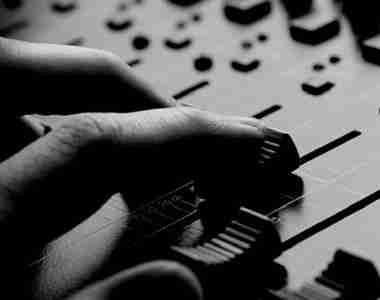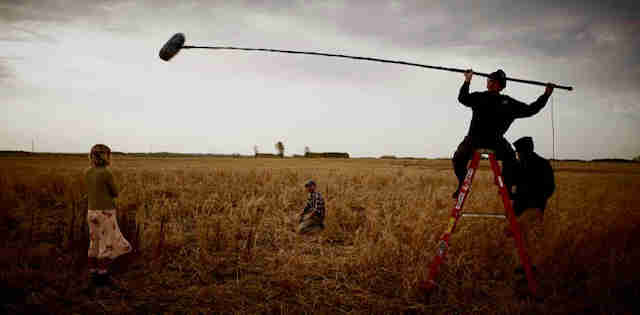Sound mixing is a big part of the postproduction process. For amateur videographers, fine tuning their sound design is often an issue on how to balance properly their audio sources.
While there is no one ideal way fitting all cases, there are guidelines you may use in mixing audio:

A standard audio level is usually comprised between -24db and -6db
You may mix dialogues, music and sound FX as follow:
Dialogues between -18db and -9db
Music between -22db and -18db
Sound FX between -20db and -10db
You may play within those ranges; the trick is to make sure that no one source covers the other.
Also, to give more dimension to your audio, you may pan it with 2 mono tracks instead of a stereo one. Editing each mono track may give you the creative freedom to accentuate your audio following the action on your image and add more drama to your video.
While there is no one ideal way fitting all cases, there are guidelines you may use in mixing audio:

A standard audio level is usually comprised between -24db and -6db
You may mix dialogues, music and sound FX as follow:
Dialogues between -18db and -9db
Music between -22db and -18db
Sound FX between -20db and -10db
You may play within those ranges; the trick is to make sure that no one source covers the other.
Also, to give more dimension to your audio, you may pan it with 2 mono tracks instead of a stereo one. Editing each mono track may give you the creative freedom to accentuate your audio following the action on your image and add more drama to your video.




